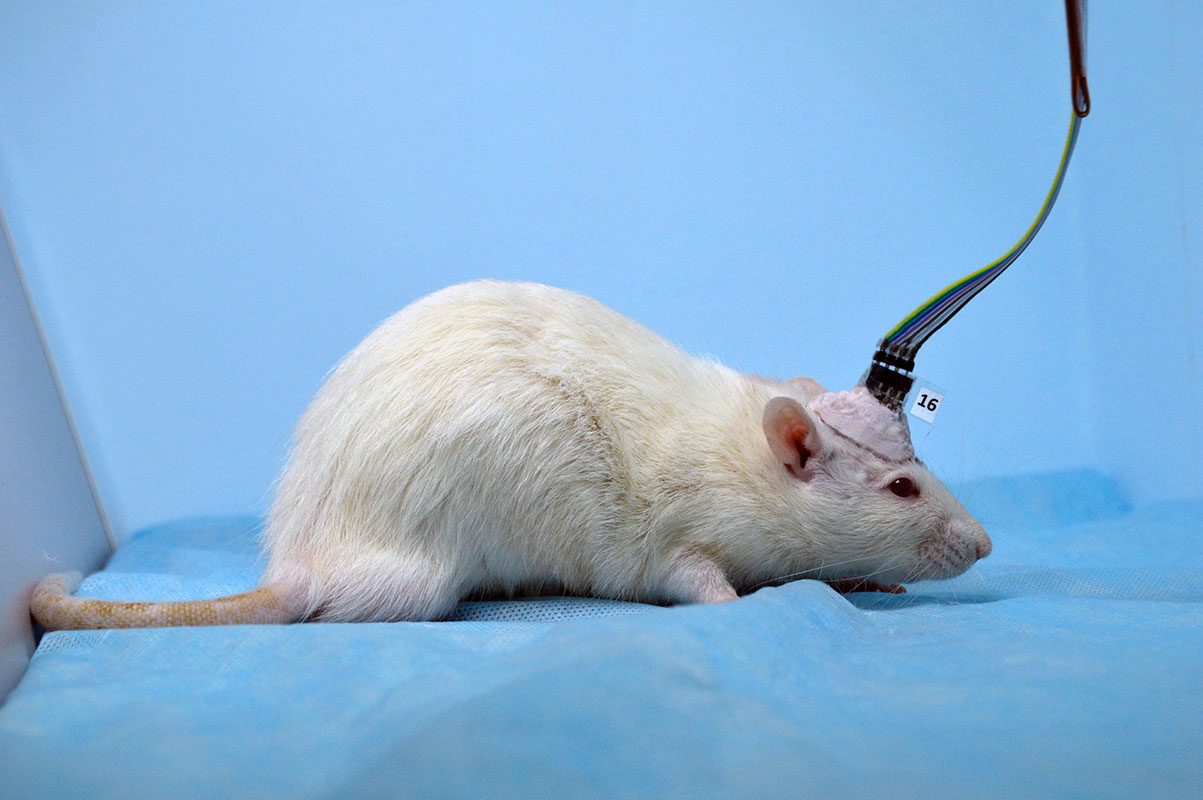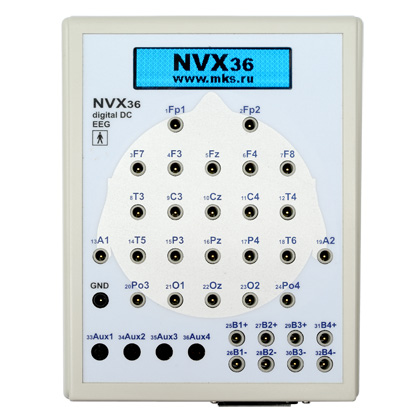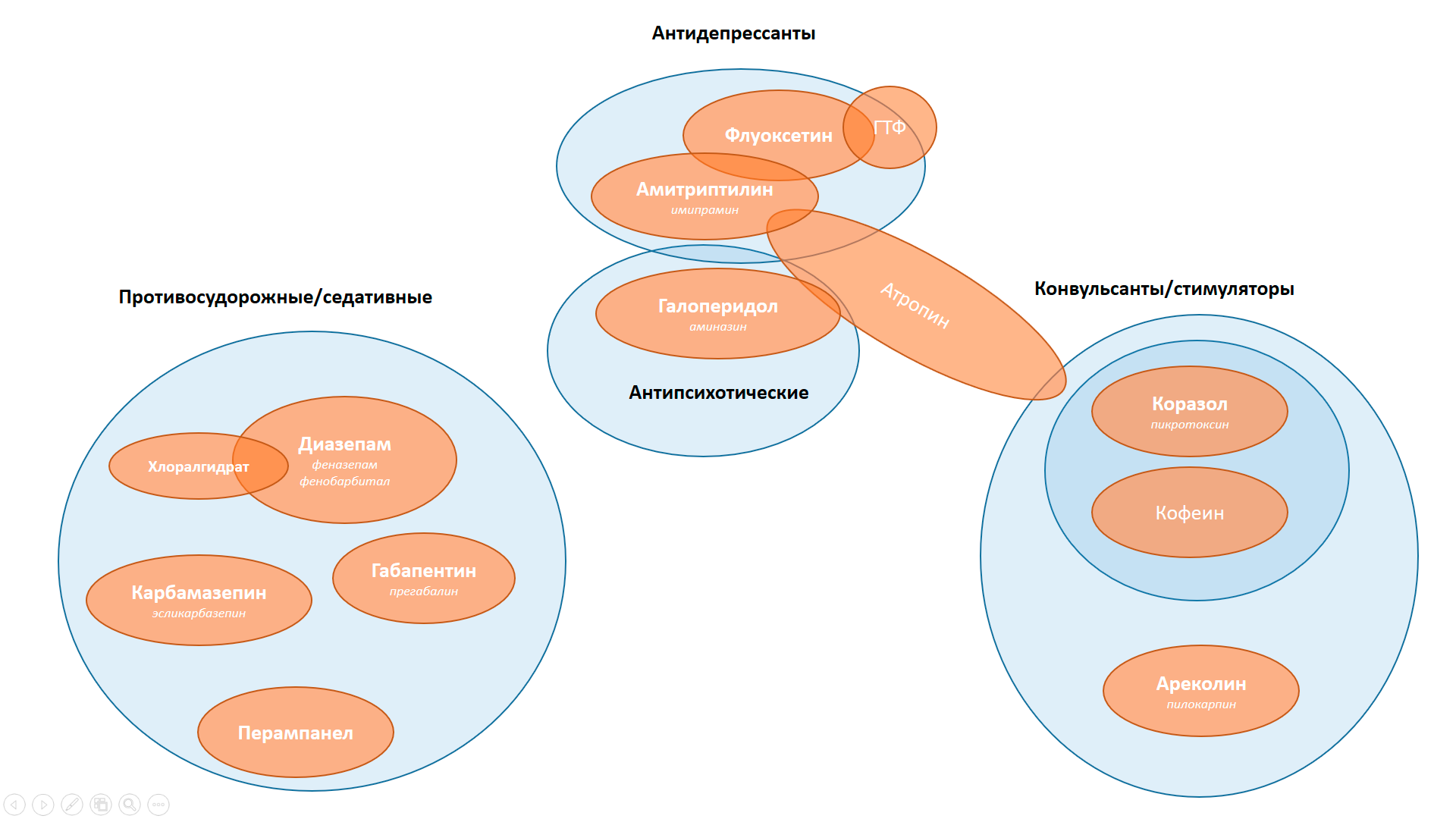In this article, we would like to share the results of a study, the essence of which is to decipher the patterns of neural activity against the background of the action of psychotropic substances using deep learning algorithms.
When planning and implementing work, we were guided by the principles of transparency and openness. For this purpose, a project page has been created with a detailed description of the study and regular reporting: https://cmi.to/r2/

Nota bene : despite its frightening appearance, the rat does not in any way feel the presence of the connector on the skull, does not try to get rid of it, and is in no way limited in its life. The studies were carried out in strict accordance with the ethical standards established by the European Convention for the Protection of Vertebrate Animals.
Scientific problem
— . , , , . .
, (, , , ..). .
, , , , , , , .
, . , .
. - .
.
, .. , .

NVX-36 (, ).

: http://dx.doi.org/10.17632/gmkbhj28jh.1
, . .

, , , .

, , . , . CNN , .
GitHub
, :

— . — . .
.
, - . .
, , . , .


— , . — HD- ( 17,5 ).
In the future, it is planned to use multichannel electrode arrays (up to 1024 channels with a spatial resolution of several micrometers), which will allow recording the activity of individual neurons in biological neural networks in real time, that is, it will open up opportunities for constructing a connectome and studying the action of substances at the microlevel of the brain.